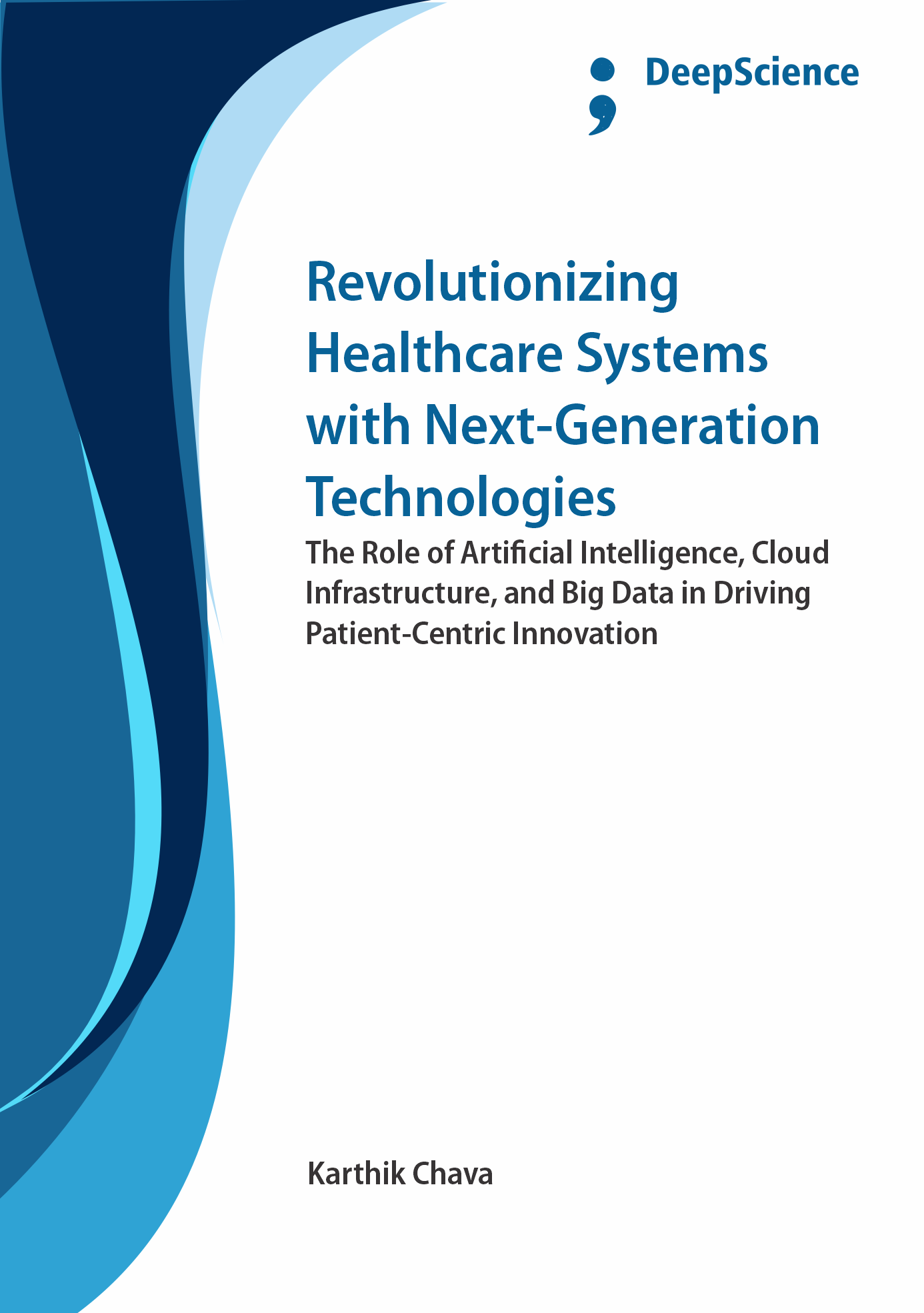Exploring the future of artificial intelligence, cloud, and data-driven innovation in healthcare delivery
Synopsis
Innovations in healthcare can enable better quality care at lower costs, decrease medical errors, decrease geographic disparities in healthcare access and economic disparities in healthcare quality, and increase biomedical research productivity. The fundamental economic and organizational characteristics of the healthcare delivery system create a complex environment for developing, disseminating, and implementing innovations. Distinguishing characteristics of this environment include health as a major driver of well-being, the major role that regulation plays in the delivery system, favoring patient safety and equity of access to quality care; the private and public financial coverage systems that pay for most healthcare services; and the distinct clinical and operational strategies for patient populations or types of medical services and procedures. There are also substantial differences among the stakeholders in developing and adopting innovations. The relative risk and risk aversion of the users and the developers affect the extent and rate at which innovations are adopted and adapted. Misalignment of the incentives for adoption of innovations can delay, impede, or reverse what could be widespread dissemination of promising innovations.












